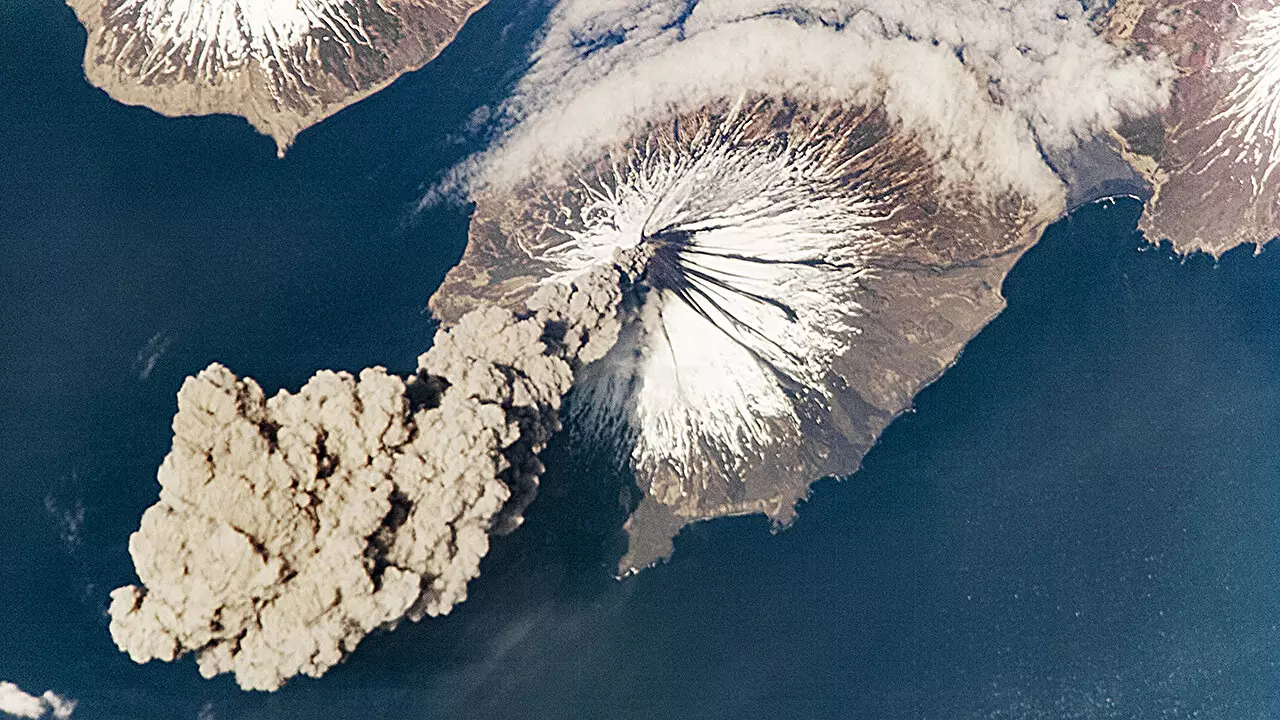The dynamic processes occurring beneath the Earth’s surface are a marvel of geological engineering, particularly the mechanisms involved in subduction zones. These areas, where oceanic plates descend into the mantle, act as critical nodes for understanding the flow of water within geological systems. As oceanic plates slide beneath less dense continental plates, they release water into the surrounding mantle due to intense pressure and heat. This interaction shapes not only volcanic activity on the surface but also helps regulate seismic events, making the study of these interactions pivotal for both scientific understanding and practical applications in disaster management.
Recent research led by G.S. Epstein and colleagues sheds light on the complex dynamics of water release in subduction zones. By simulating the interaction between a plate that has persisted for 90 million years and a younger plate aged 10 million years, the study highlights how varying rates of water release significantly influence the hydration of the mantle above. Their innovative modeling captures the conditions within the fore-arc mantle wedge, an area crucial for storing water, as it highlights that these areas could retain a substantially greater volume of water than previously thought—roughly ten times more.
Patterns of Water Release: A Geological Sweet Spot
One of the standout findings of Epstein’s research is the identification of a “sweet spot” in the stages of subduction where mantle hydration peaks. During the early phase of subduction, the descending slab experiences dehydration due to high temperatures in the mantle wedge, which ironically are too high to stabilize water-bearing minerals. However, as the slab continues its descent and the geology of the surrounding area evolves, conditions shift dramatically.
In the middle stages of subduction, while the plate sinks rapidly, the temperatures in the fore-arc wedge start to cool, creating an ideal environment for water to rise and hydrate this region. This process not only contributes to the formation of hydrous minerals like serpentine but also plays a critical role in the melting processes that result in volcanic rocks. The implications of this finding extend beyond mere geological curiosity; they serve as a crucial guide for understanding volcanic activity and its potential risks, as water-rich areas become breeding grounds for explosive eruptions.
Broader Implications for Earth’s Water Cycles
The implications of this research extend far beyond the realm of geology. The movement of water through subduction zones is a fundamental component in the broader cycling of water among various Earth systems, including oceans and the atmosphere. The study posits a link between geological processes and climatic patterns, suggesting that understanding these subsurface dynamics will offer valuable insights into global water cycles.
Moreover, the researchers’ findings challenge established beliefs about water storage in the mantle, highlighting that Earth’s fore-arc mantle wedges contain a staggering amount of water—on par with 0.4% of the total volume found in our oceans. This significant reservoir poses important questions about our understanding of Earth’s geodynamic processes and how these may affect natural disasters linked to both tectonics and climate change.
The ongoing exploration of Earth’s mantle and the intricate dance of water dynamics therein reveal not only the complexity of geological interactions but also an astonishing narrative of resilience and risk management within our planet. This research demonstrates that the depths of the Earth, once thought to be mere solid rock, are instead vibrant reservoirs of life-sustaining water, waiting to be deciphered.


Leave a Reply